Chipotle en Adobo: The Smoky, Spicy Secret Behind Global Flavor Fusion
Table of Contents
- Introduction: What in the Smoky World is Chipotle en Adobo?
- Defining Chipotle en Adobo – Not Just a Pepper in a Can
- A Taste of History – From Ancient Mexico to Modern Kitchens
- Flavor Breakdown: Why This Spice Combo Rocks Your Palate
- Top 10 Clever Ways to Use Chipotle en Adobo Like a Pro
- No Chipotle? No Problem! Substitution Secrets Revealed
- How to Store It So It Doesn’t End Up in Flavor Jail
- Global Spice Traditions: Where Else in the World Loves Smoke and Heat?
- The Science Behind the Burn – Capsaicin, Smoke, and Your Brain’s Love Affair
- Conclusion: Elevating Everyday Dishes with One Smoky Ingredient
Introduction: What in the Smoky World is Chipotle en Adobo?
If you’ve ever opened a can labeled “chipotle en adobo” and stared at it like it owes you money, you’re not alone. Is it a chili? A sauce? A mythical Mexican fire demon trapped in a tin prison? Fear not—this smoky, spicy powerhouse is one of the most versatile ingredients in global cuisine.
Defining Chipotle en Adobo – Not Just a Pepper in a Can
Let’s break it down:
- Chipotle: That’s a smoke-dried jalapeño pepper. Jalapeño + smoke = flavor explosion.
- En Adobo: Spanish for “in adobo,” which refers to a tangy, tomato-based sauce packed with spices like garlic, vinegar, cumin, and oregano.
So when you open that can, you’re looking at smoked jalapeños swimming in a flavorful red sauce. It’s basically the James Bond of spice ingredients — sleek on the outside, explosive on the inside.
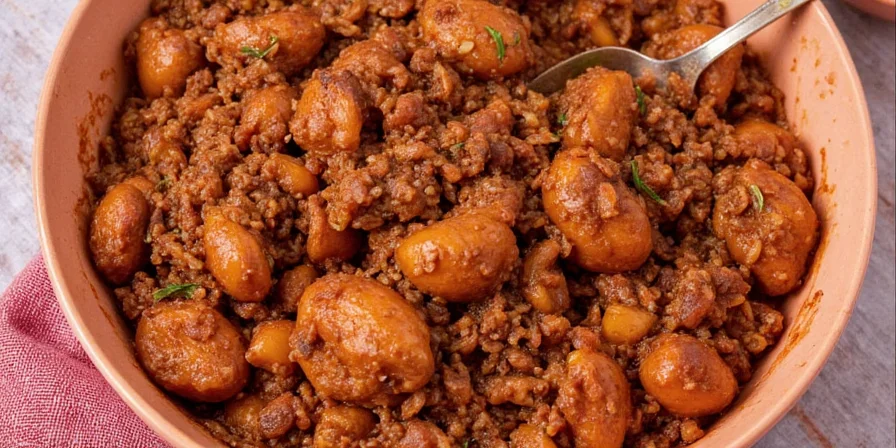
A Taste of History – From Ancient Mexico to Modern Kitchens
The use of chipotles dates back to the Aztecs, who figured out that drying chilies over slow fires preserved them longer—and created an intense, earthy flavor profile in the process. By the time the Spanish arrived, chipotles were already a staple in indigenous cooking.
“En adobo” comes from Spanish culinary traditions introduced during colonization. The word “adobo” itself comes from the Filipino word *adobos*, meaning marinade or seasoning. Over time, this evolved into a thick, rich sauce used across Latin America to preserve meats and enhance flavors.
| Era | Cultural Influence | Use Case |
|---|---|---|
| Ancient Aztec | Natural preservation and flavoring | Drying chilies over fire |
| Colonial Period | Spanish-Mexican fusion | Adobo sauce as meat marinade |
| Modern Day | Global pantry staple | Spicing up everything from burgers to smoothies |
Flavor Breakdown: Why This Spice Combo Rocks Your Palate
Let’s talk about what makes chipotle en adobo such a flavor bomb:
- Smoky Depth: Chipotles are dried over smoldering wood, giving them a campfire-like aroma reminiscent of grilled meats and roasted vegetables.
- Heat Level: Ranges from medium to high (about 5,000–10,000 SHU), making them punchier than your average jalapeño but still manageable for spice lovers.
- Acidic Tang: The adobo sauce brings vinegar and tomatoes into play, balancing the richness and adding brightness.
- Umami Boost: Garlic, cumin, and oregano work together like a savory symphony, turning even simple dishes into complex masterpieces.
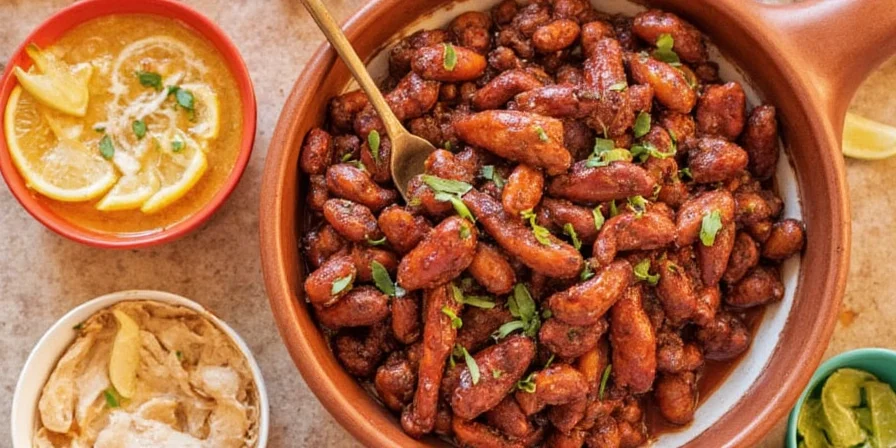
Top 10 Clever Ways to Use Chipotle en Adobo Like a Pro
Ready to unlock its full potential? Here’s how to use chipotle en adobo beyond just dumping it into chili:
- Smokey BBQ Sauce Base: Blend adobo sauce with ketchup, molasses, and cider vinegar for a quick homemade BBQ sauce.
- Marinate Anything: Mix chopped chipotles into oil, lime juice, and spices for a fiery steak or chicken marinade.
- Stir-It-In Smoothie: Yes, really. Add a dash to mango or pineapple smoothies for a surprising kick.
- Upgrade Mayo: Whisk adobo sauce into mayo or sour cream for a spicy condiment that jazzes up sandwiches.
- Infused Honey: Simmer honey with a few tablespoons of adobo sauce and drizzle over cheese or grilled fruit.
- Spice Up Hummus: Stir in a teaspoon while blending chickpeas for a smoky twist on this classic dip.
- Chili Oil Magic: Infuse olive oil with minced chipotles for a bold finishing oil perfect on pizza or noodles.
- Layered Soups: Swirl a spoonful into tomato soup or lentil stew to deepen the flavor profile.
- DIY Hot Sauce: Combine with garlic, vinegar, and a touch of sugar for a customizable hot sauce base.
- Baked Sweet Potato Topping: Mash a little adobo into Greek yogurt and drizzle over baked sweet potatoes.
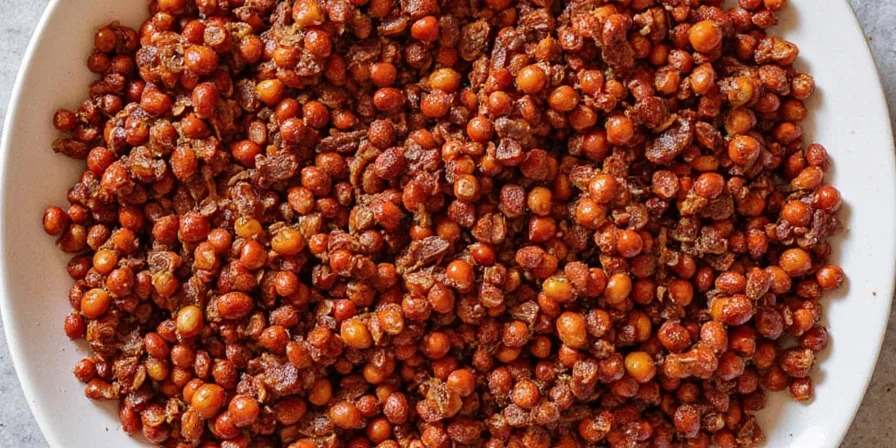
No Chipotle? No Problem! Substitution Secrets Revealed
If you're caught without chipotle en adobo and still want that smoky-savory-spicy flair, here are some clever alternatives:
| Substitute | When to Use It | Tips for Use |
|---|---|---|
| Dried chipotle powder | For dry rubs or sauces | Mix with water or oil to create a paste before using |
| Smoked paprika + cayenne | For smoky depth with less heat | Add a splash of vinegar to mimic adobo tang |
| Tabasco chipotle sauce | For liquid heat and smokiness | Use sparingly; more potent than canned adobo |
| Ancho chile paste + liquid smoke | For a sweeter, deeper flavor | Balance with a pinch of salt and vinegar |
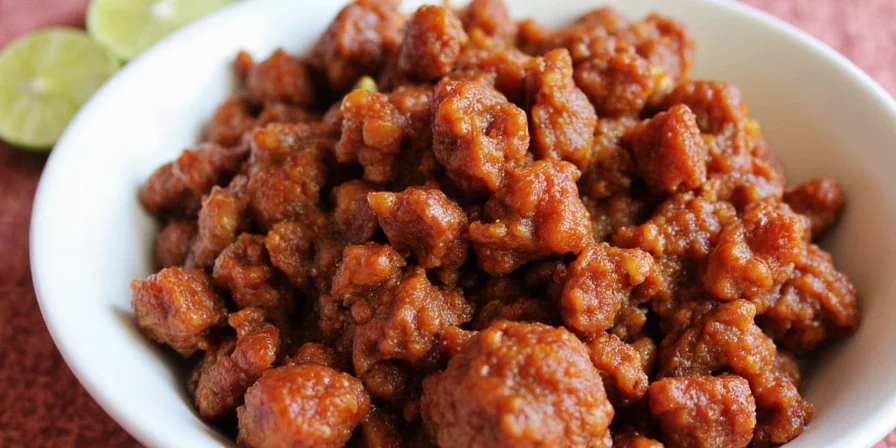
How to Store It So It Doesn’t End Up in Flavor Jail
Proper storage keeps chipotle en adobo tasting vibrant and punchy:
- Unopened: Store in a cool, dark place like your pantry for up to a year.
- Opened: Transfer unused portions to an airtight container and refrigerate for up to two months.
- Freeze It: Spoon adobo sauce into ice cube trays and freeze for easy portion control later.
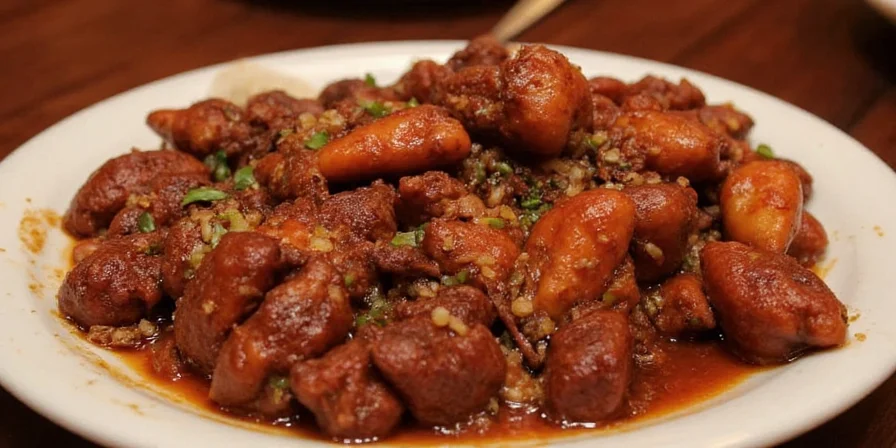
Global Spice Traditions: Where Else in the World Loves Smoke and Heat?
You might think chipotle en adobo is uniquely Mexican, but similar flavor profiles appear around the globe:
- Korean Gochujang: Fermented chili paste with deep umami and mild heat—great for marinades and stews.
- Japanese Shichimi Togarashi: A blend of seven spices with a citrusy, toasted flavor often sprinkled on ramen.
- North African Harissa: Fiery chili paste infused with cumin, coriander, and garlic—perfect for couscous or tagines.
- Indian Kashmiri Chili Powder: Brings vibrant color and moderate heat to curries and tandoori dishes.
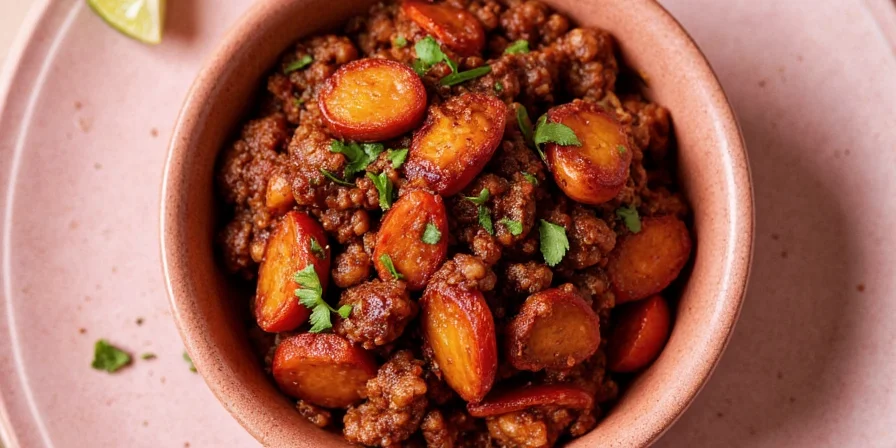
The Science Behind the Burn – Capsaicin, Smoke, and Your Brain’s Love Affair
Why do we love spicy food so much? Let’s dive into the neurology of heat and flavor:
- Capsaicin: The compound responsible for the burn tricks your brain into thinking it’s on fire—releasing endorphins and dopamine. In short: spicy food gives you a natural high.
- Smoking Process: Lignin in wood breaks down into aromatic compounds like guaiacol, giving chipotles their distinct smoky scent—similar to grilled meats or aged whiskey.
- Flavor Layering: The adobo sauce hits multiple taste receptors—sweet (tomato), salty (vinegar), sour (acidity), bitter (smoke), and umami (spices)—creating a flavor experience that feels deeply satisfying.
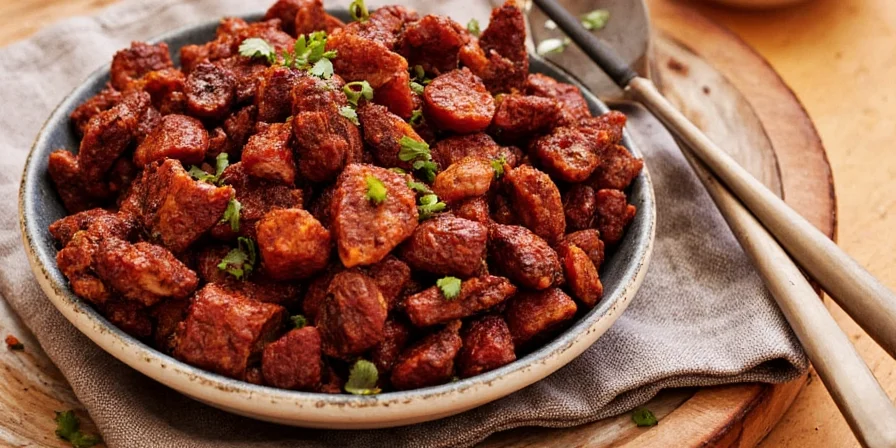
Conclusion: Elevating Everyday Dishes with One Smoky Ingredient
From ancient fire pits to modern-day kitchens, chipotle en adobo remains a powerful example of how smoke, spice, and thoughtful preparation can transform the ordinary into extraordinary. Whether you’re spicing up a sandwich, making a killer taco filling, or experimenting with fusion cuisine, this humble can is your secret weapon in the global spice arsenal.
So go ahead—open that can, embrace the heat, and let chipotle en adobo take your cooking from zero to smoky-hot hero in seconds flat.
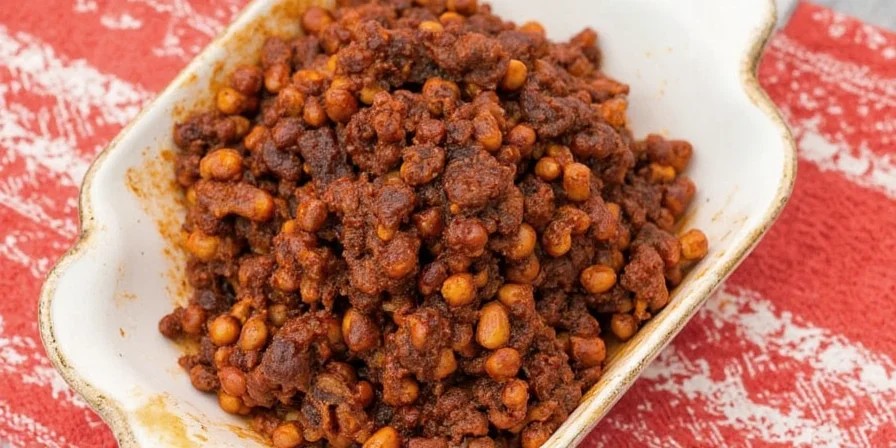

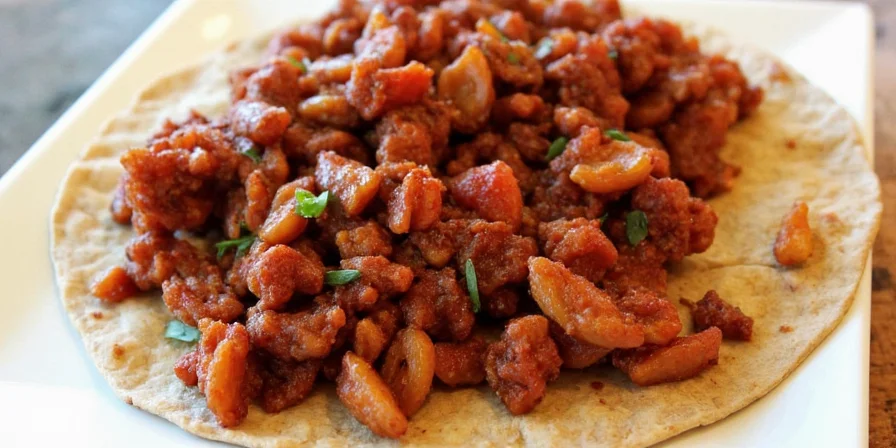









 浙公网安备
33010002000092号
浙公网安备
33010002000092号 浙B2-20120091-4
浙B2-20120091-4